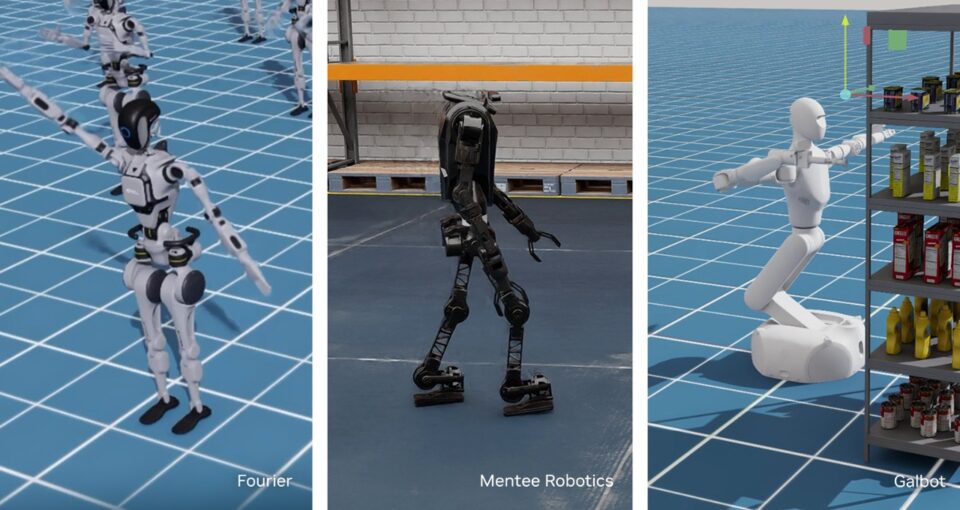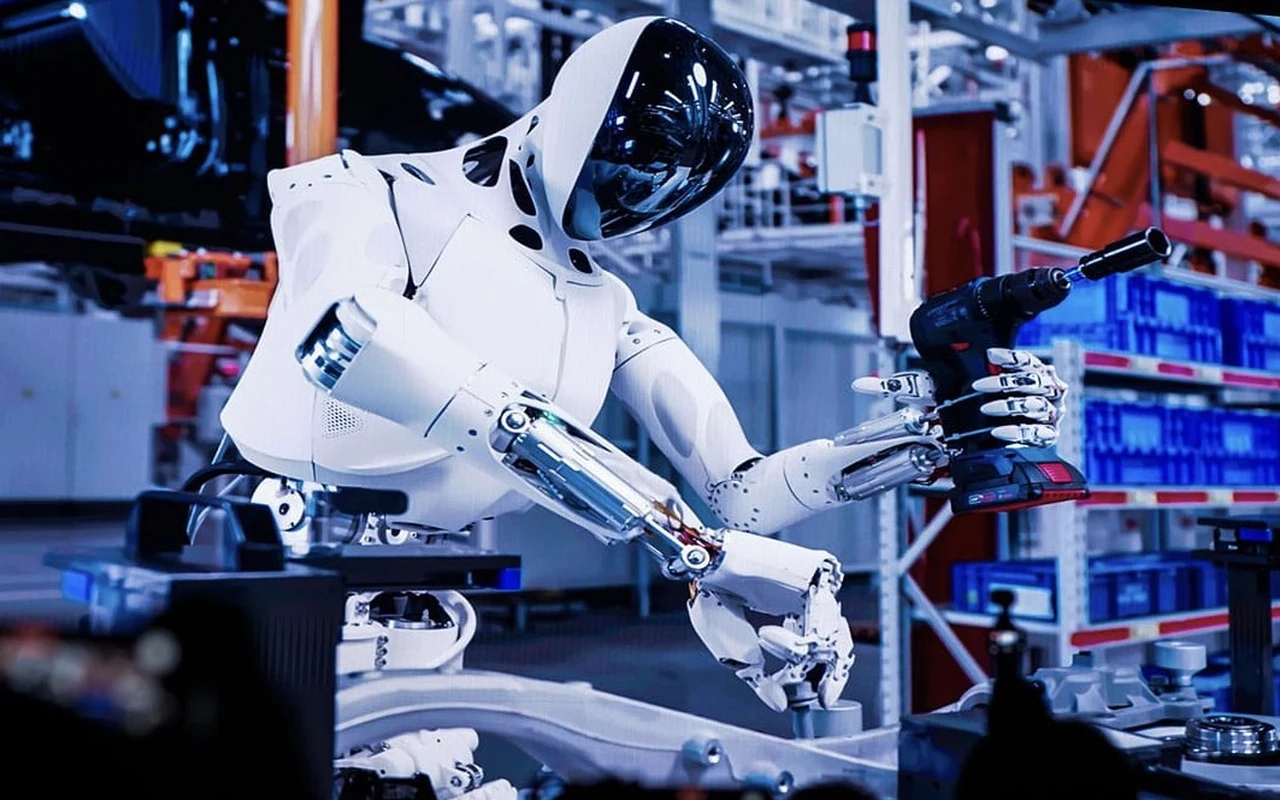NVIDIA’s new AI tools boost robot learning and humanoid development.
At the Conference for Robot Learning (CoRL) in Munich, NVIDIA introduced advanced AI and simulation tools to help robotics developers speed up their work on AI-enabled robots, including humanoids.
Key announcements included the NVIDIA Isaac Lab robot learning framework, six new workflows for humanoid robot learning under Project GR00T, and innovative world-model development tools for video data curation and processing. The NVIDIA Cosmos tokenizer, an open-source tool, allows developers to break down images and videos into high-quality, compressed tokens at speeds up to 12x faster than current methods. Additionally, the NeMo Curator enhances video processing curation up to 7x faster than unoptimized pipelines.NVIDIA also presented 23 research papers, hosted nine workshops, and shared new training and workflow guides. In partnership with Hugging Face, NVIDIA aims to advance open-source robotics research through tools like LeRobot, Isaac Lab, and NVIDIA Jetson, fostering community-driven progress in robotics development.
Accelerating Robot Development
NVIDIA Isaac Lab is an open-source robot learning framework built on NVIDIA Omniverse, a platform for developing OpenUSD applications for industrial digitalization and physical AI simulation.
Developers can use Isaac Lab to train robot policies at scale. This open-source unified robot learning framework applies to any embodiment — from humanoids to quadrupeds to collaborative robots — to handle increasingly complex movements and interactions.
Leading commercial robot makers, robotics application developers and robotics research entities around the world are adopting Isaac Lab, including 1X, Agility Robotics, The AI Institute, Berkeley Humanoid, Boston Dynamics, Field AI, Fourier, Galbot, Mentee Robotics, Skild AI, Swiss-Mile, Unitree Robotics and XPENG Robotics.
Project GR00T develops tools for advancing versatile, general-purpose humanoid robots.
Developing advanced humanoid robots is highly complex, requiring multiple layers of technological and interdisciplinary strategies to enable robots to perceive, move, and acquire the skills necessary for interacting with humans and their environments. Project GR00T was launched to provide accelerated libraries, foundational models, and data pipelines that support and speed up the global humanoid robot developer community.
Project GR00T includes six specialized workflows that serve as blueprints for developers to tackle challenging aspects of humanoid robotics. These workflows are: GR00T-Gen for creating generative AI-based OpenUSD 3D environments; GR00T-Mimic for generating robot motion and trajectories; GR00T-Dexterity for advanced manipulation tasks; GR00T-Control for comprehensive body control; GR00T-Mobility for robot navigation and movement; and GR00T-Perception for multimodal sensory integration.
“Humanoid robots represent the next phase of embodied AI,” said Jim Fan, senior research manager at NVIDIA. NVIDIA’s teams collaborate extensively within the company and with developers to advance Project GR00T and enhance global humanoid robot development.





Leave a Reply